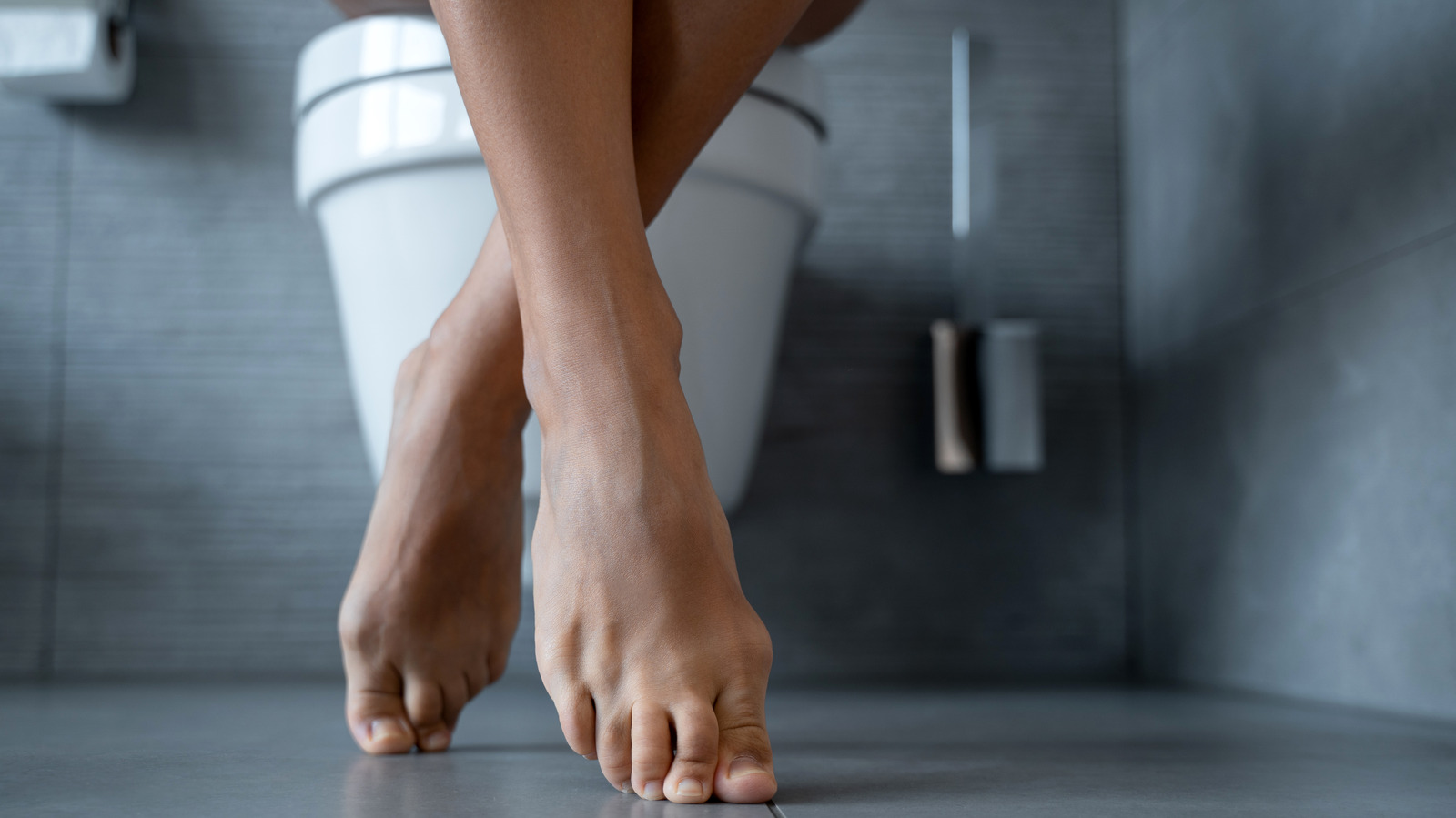
You’ve probably read enough to know that fiber makes you poop. And split peas pack a punch when it comes to fiber: 1 cup contains as much as 43.5 grams of dietary fiber, per the U.S. Department of Agriculture. Split peas have both the soluble and insoluble kinds. Both of these kinds of fibers perform different functions when it comes to your bowel movements.
Soluble fiber adds bulk and softness to your poop by pulling water into it. When you are constipated, you’re most often sitting on the toilet, wishing that your poop magically becomes pulpy enough to make its way out of you. This is where soluble fiber comes in. Insoluble fiber works by remaining relatively intact when passing through your digestive system. This also means that food will move along faster.
Additional poop-related benefits of split peas include their resistant starch content, per McPherson (via Eating Well). Resistant starches get their name for a reason: they refuse to break down into glucose. Your gut bacteria can be broadly defined as “good” and “bad” bacteria. What happens with split peas and other foods that contain resistant starch is that they ferment in your digestive system. They also become a food source for the “good” gut bacteria, which positively influences their health and volume. Your gut health, complete with bacterial diversity, is an important part of being regular, bathroom habits-wise.